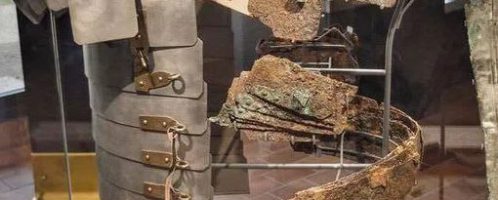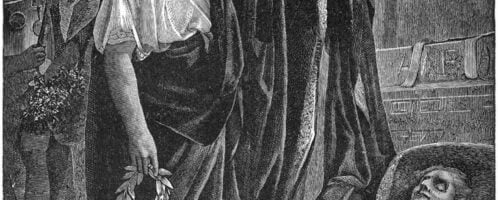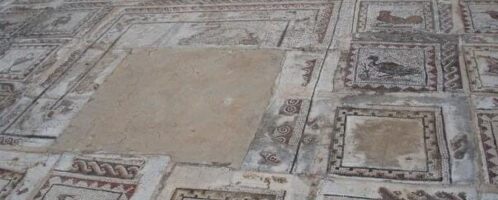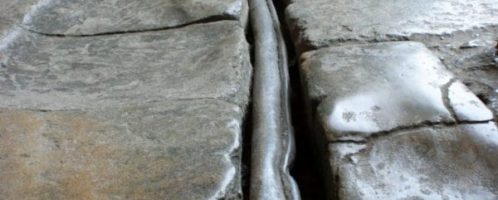Preserved lorica segmentata
Extremely rare and well-preserved remains of the armour of Roman legionaries – lorica segmentata with the reconstructed fragment. The object dates to the 1st – 2nd century CE (probably 122-138 CE) and it is located in a museum in the Roman town Corbridge.











